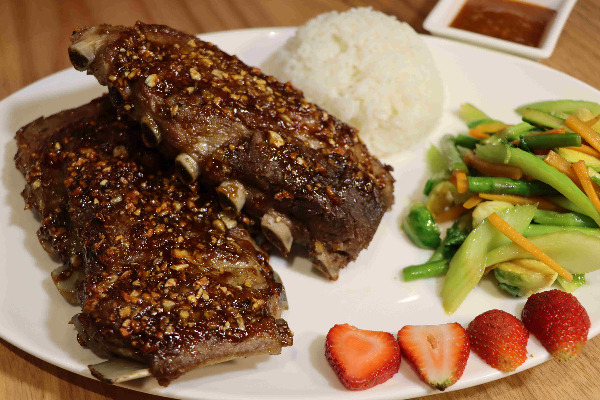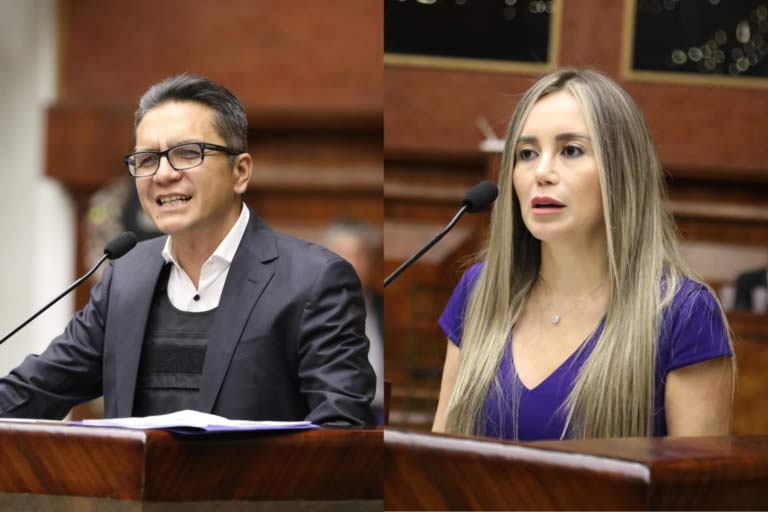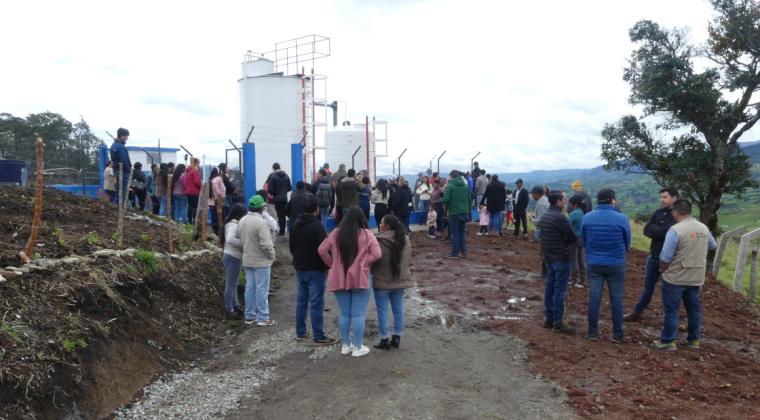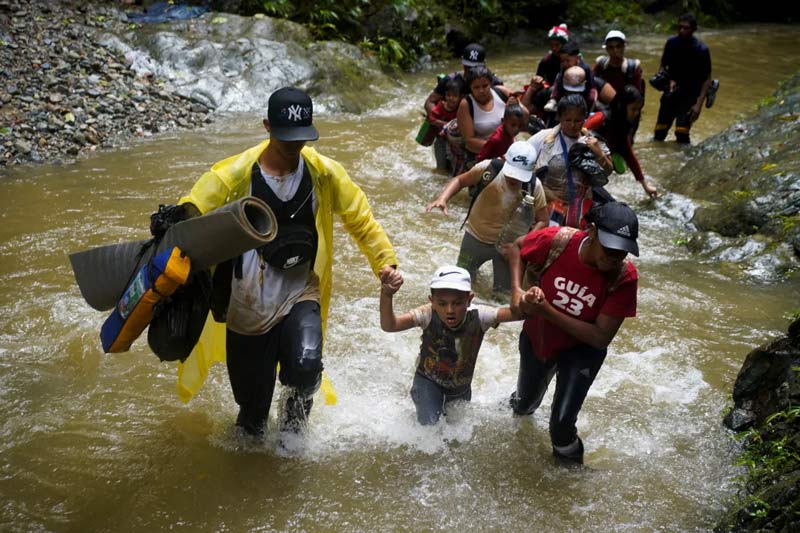Quito nativity display includes bloody scenes of Spanish rule and images of daily life
By Paola Lopez
A hunchback with goiter, a child decapitated by a soldier, and a woman with a bloodied face are among the unusual figures in an Ecuador nativity scene that aims to provide a realistic depiction of historical life.

A nativity scene figure shows a Spanish soldier displaying the severed head of a child.
The vast creche belongs to the Discalced Carmelites, a religious order that has been present in Ecuador since 1653.
Some 300 pieces, featuring pieces dating back to the 18th century, are on display in a wing of the otherwise cloistered monastery that has been transformed into a museum in the historic center of Quito.
The figurines recount biblical stories surrounding the birth of Jesus, such as Mary and Joseph’s flight to Egypt to protect their baby or the massacre of the innocents, the tale of King Herod ordering the killing of all male children under two.
But the monastery’s collection, which also includes newer pieces from the 20th century, shows people in scenes of daily life under Spanish colonial rule as well.
“It is very interesting to find pieces that show different cultures, diversity in the city. We have Indigenous people, Afro-descendants, chapetones (Spanish descendants),” museum coordinator Gabriela Mena says.
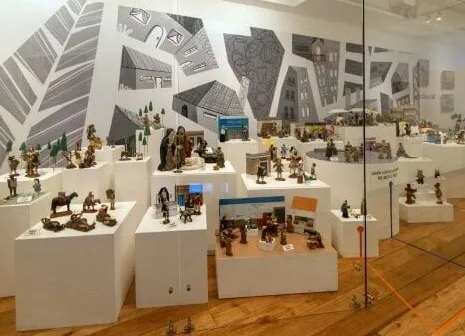
The Quito nativity scene aims to show “life as it was”, especially during the time of Spanish rule. The display was sponsored by the Catholic order of Discalced Carmelite nuns.
Several characters from the Yumbo Indigenous people appear with painted faces and feather headdresses.
Afro-descendants are shown wearing “highly decorated, French-style clothing,” said Noralma Suarez, the manager of the museum’s reserve collection.
Elsewhere, mothers breastfeed their babies, the hunchback is depicted with a swollen neck — often a symptom of iodine deficiency — and a scene of domestic violence shows a man threatening a woman carrying a baby on her back, as blood runs down her face.
The nativity scene is a way “to show, to feel certain things that happened at a certain historical moment,” such as health problems, said Suarez, referring to the character suffering from goiter.
Each year the nativity scene adopts a theme, such as migration or natural disasters.

A one-footed drunk during Quito’s colonial period.
This year, it aims to highlight the plight of women who often cannot enjoy Christmas with their families because they have to work to make ends meet.
The women and their children are represented by rag dolls, the first new pieces to be added to the nativity scene this century.
The older figurines highlight artistic techniques such as sgraffito, when layers of plaster or paint are applied to a surface and then scratched away to create patterns and texture.
Mena wants the nativity scene to be more than “a beautiful popular, cultural tradition” in which things like the roles of Indigenous and Black people, or violence, are seen as normal or folkloric.
She instead wants the display to reflect on issues such as racism, machismo or poverty.
“It’s like moving museum structures so that we question everything.”









